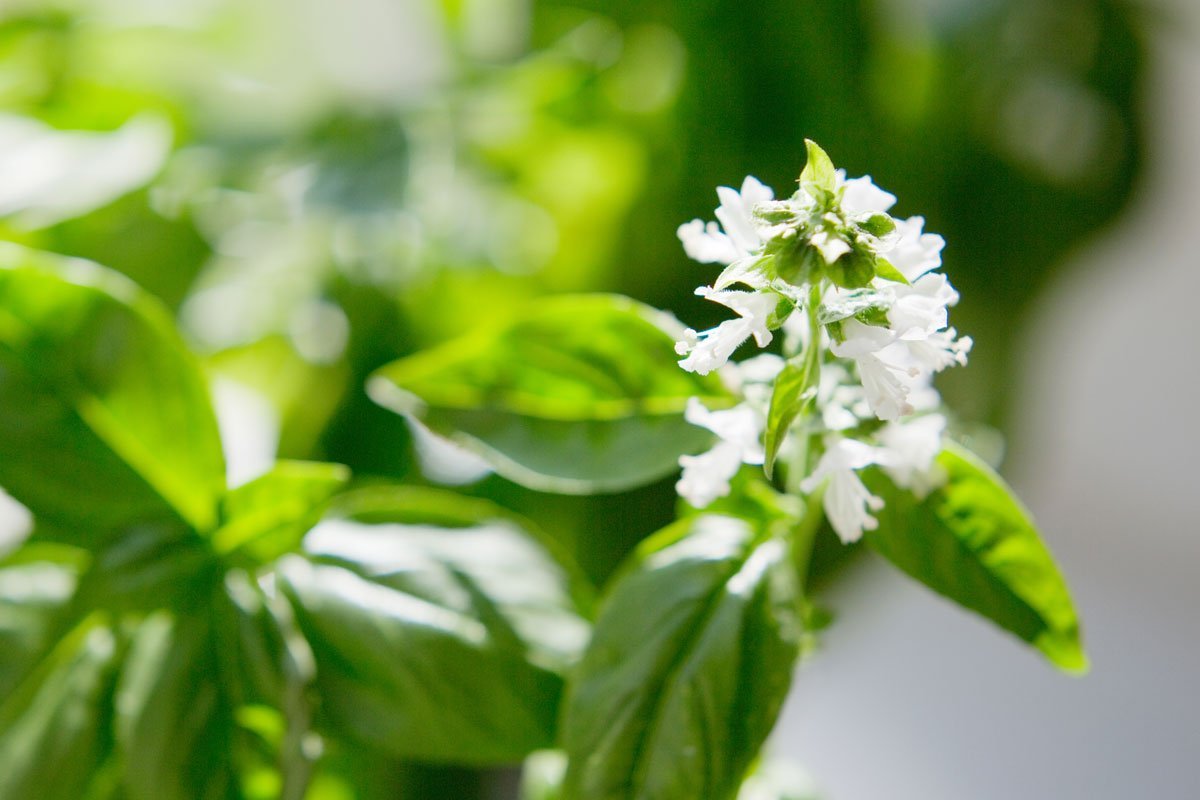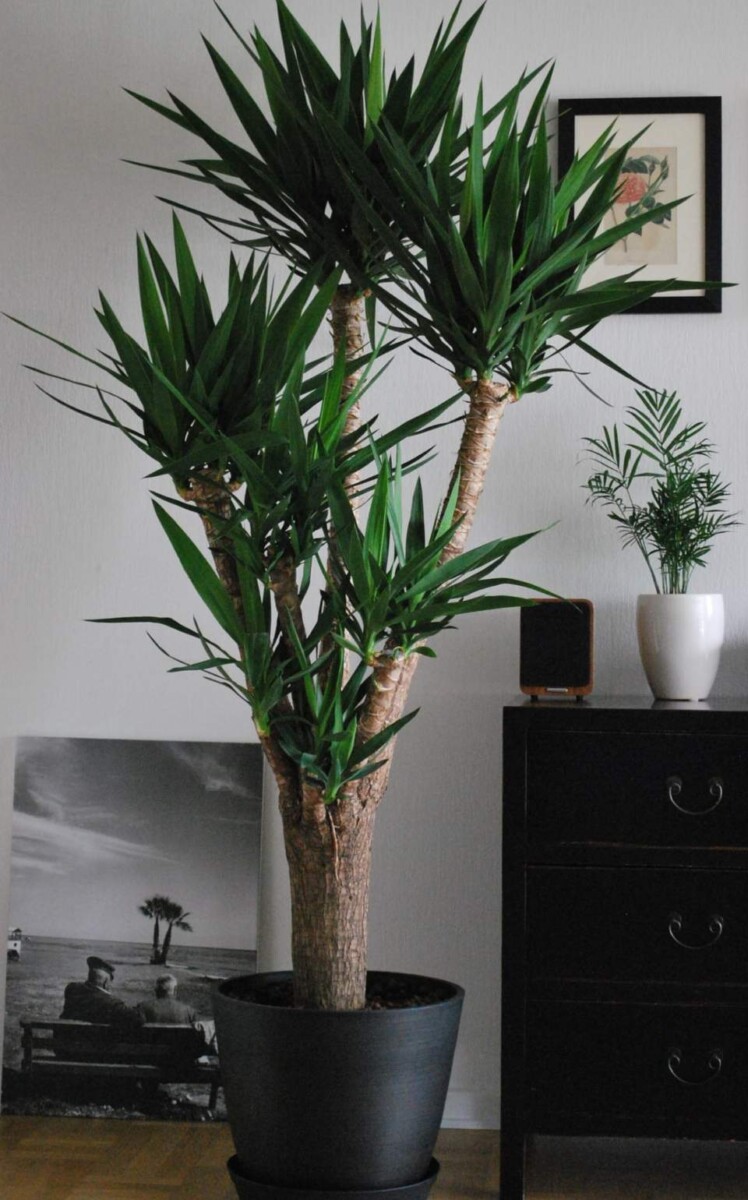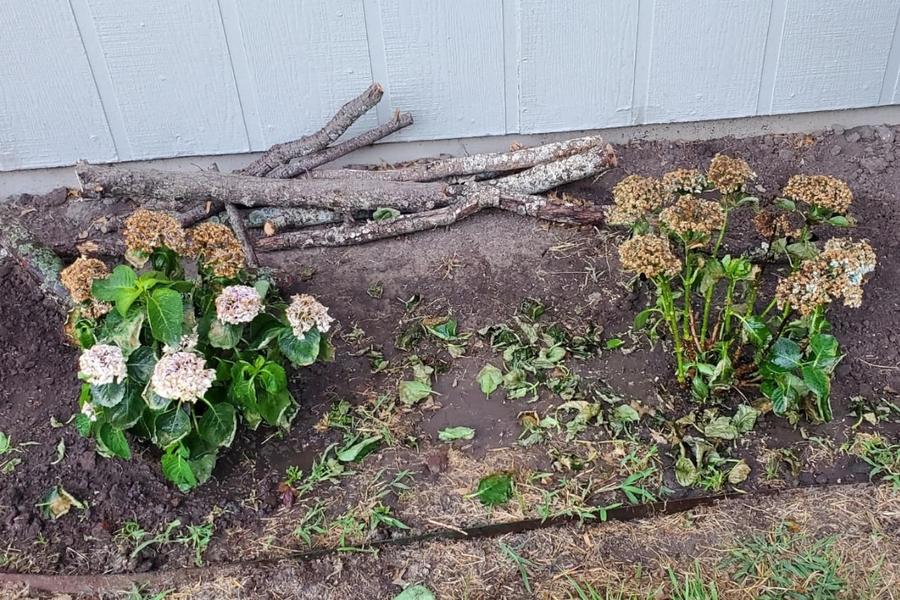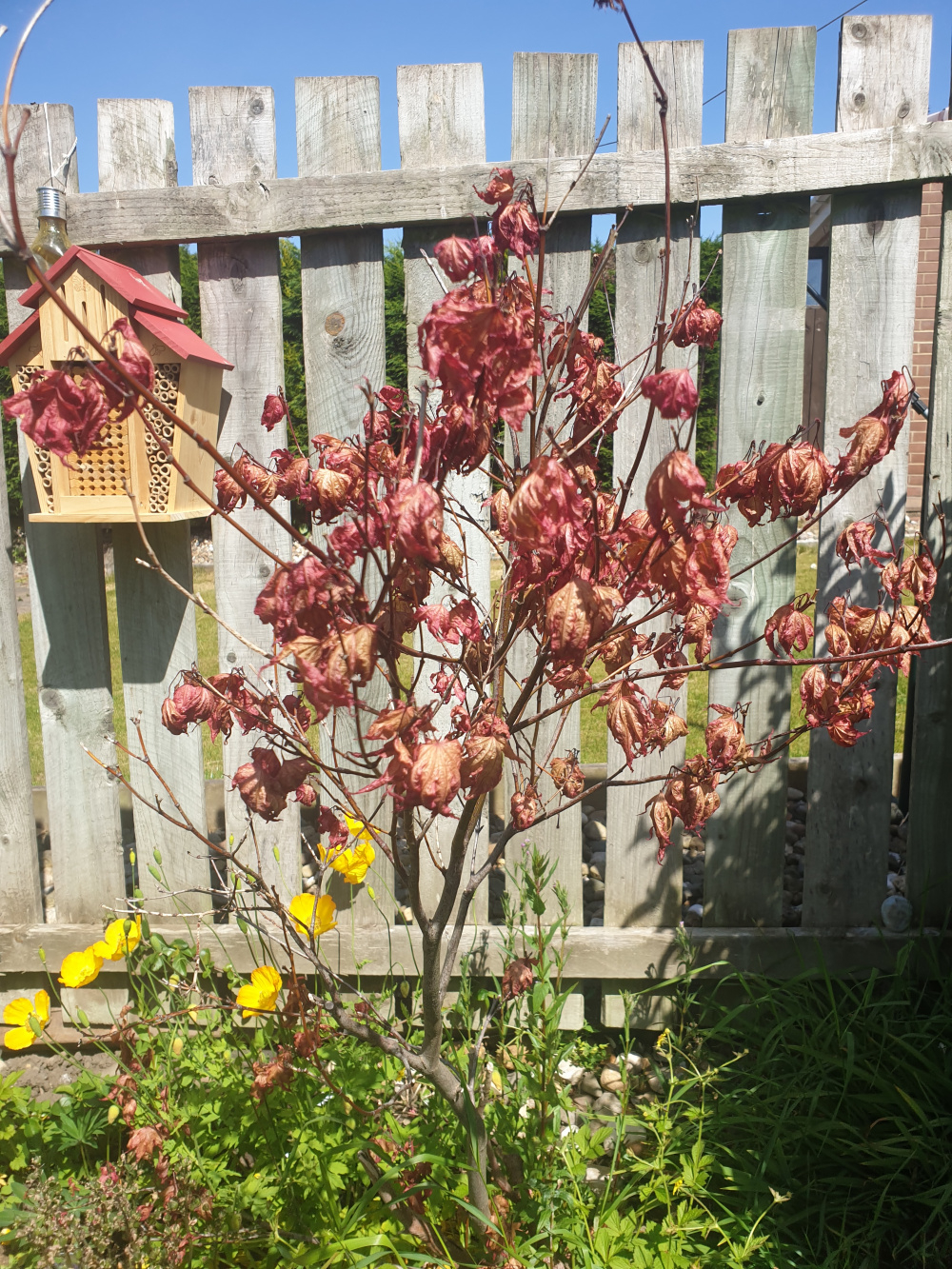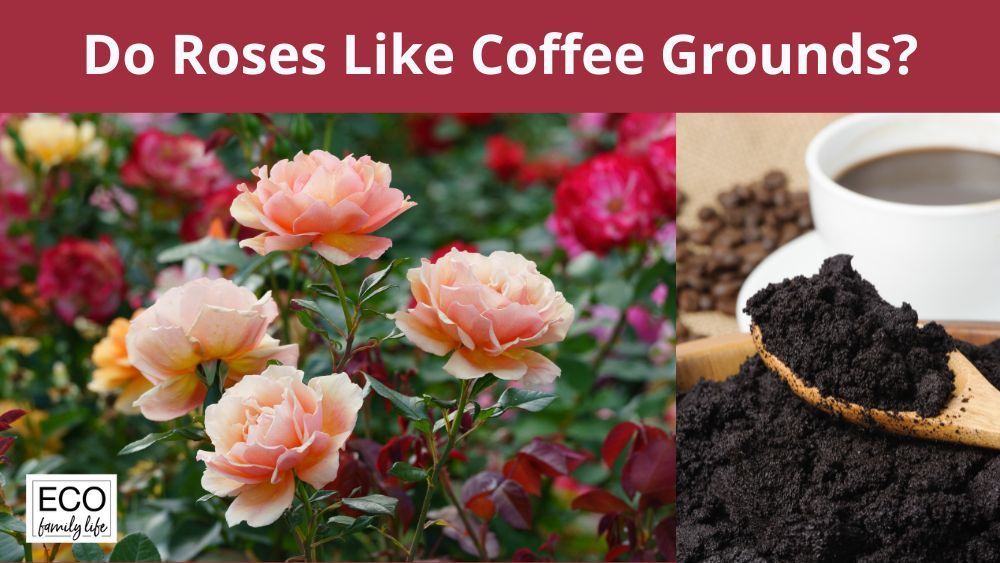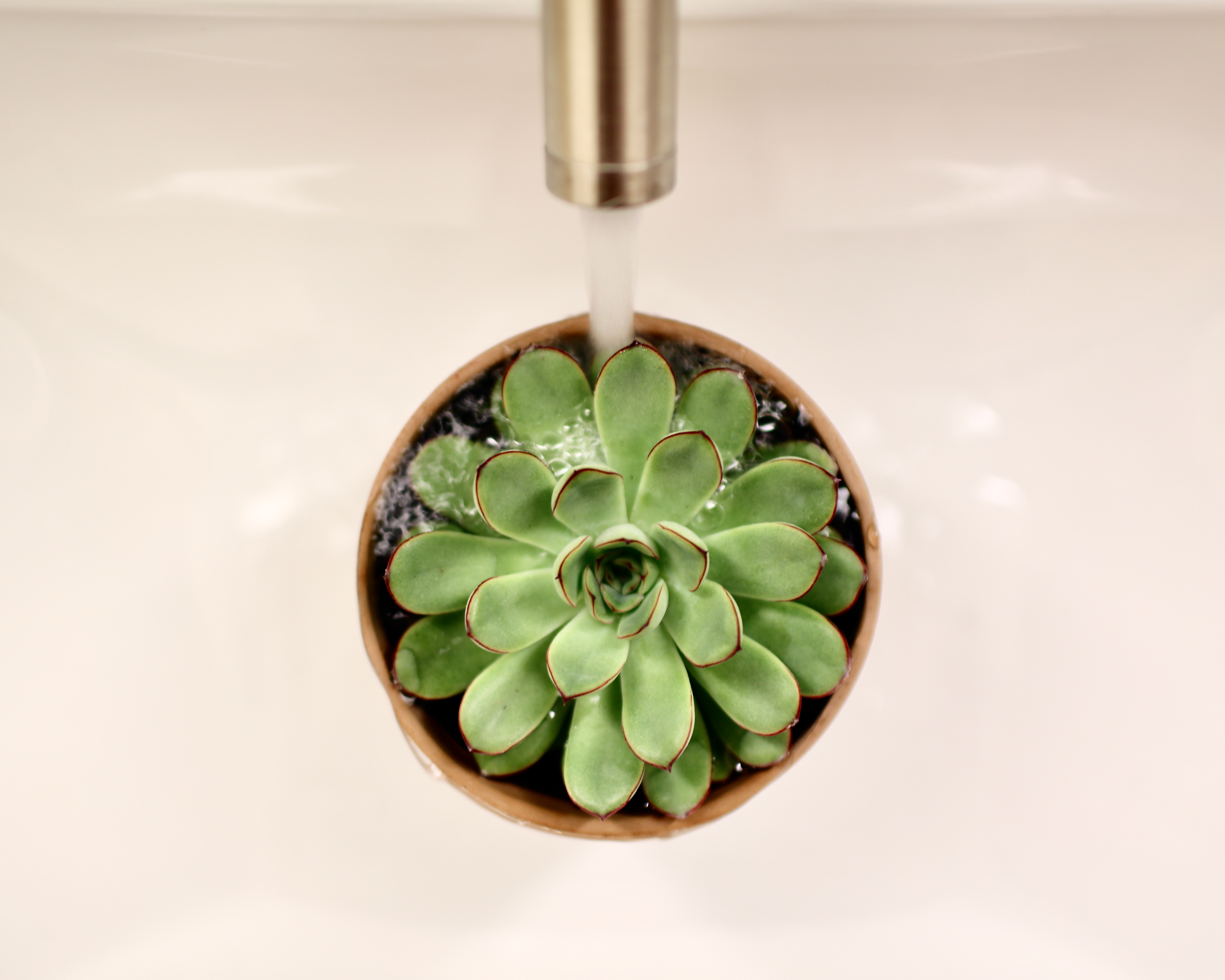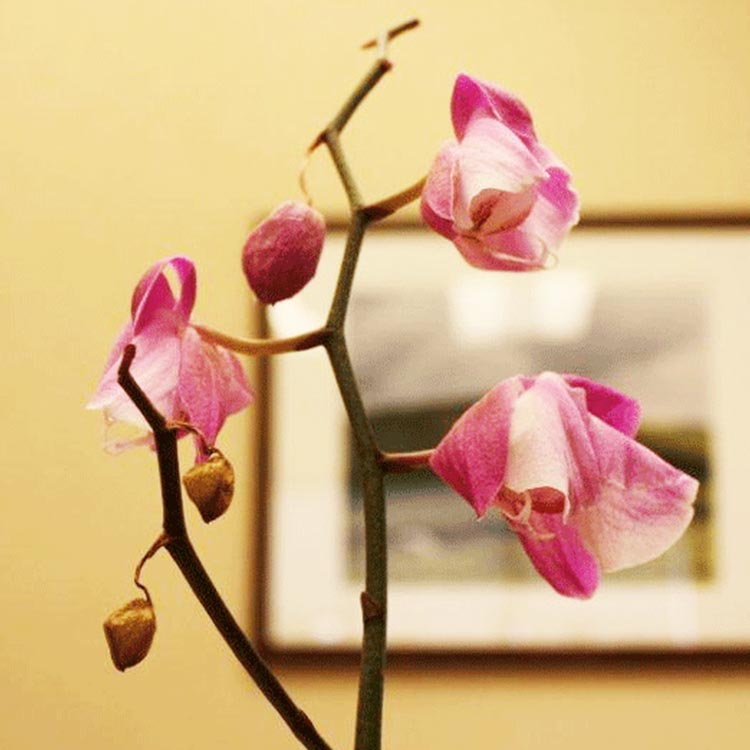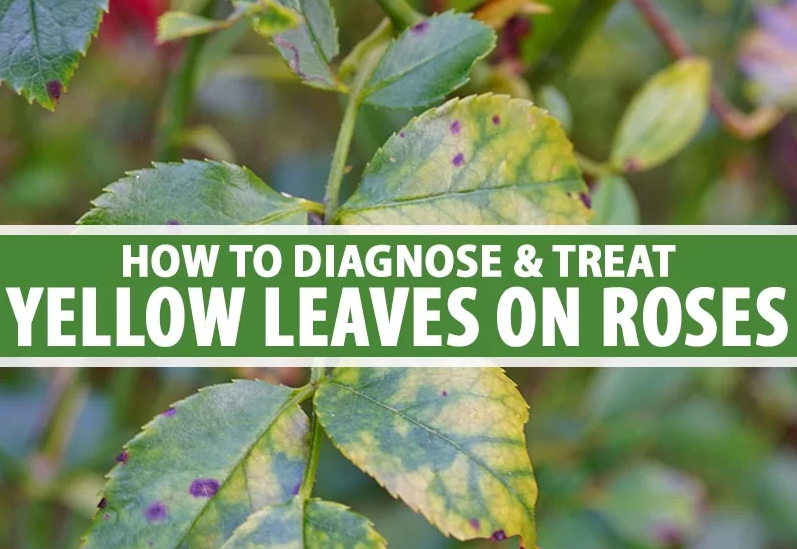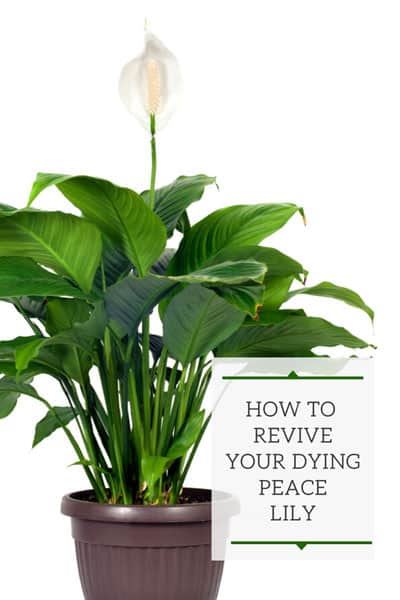Why is My Basil Flowering?
If basil hasn’t been clipped, it will bloom in the summer in either purple or white. Basil is still edible when it blooms, but the flavor is frequently softer or even harsh. Trim the top leaves of the basil plant every two to three weeks throughout the summer to stop it from blossoming. Table of …

